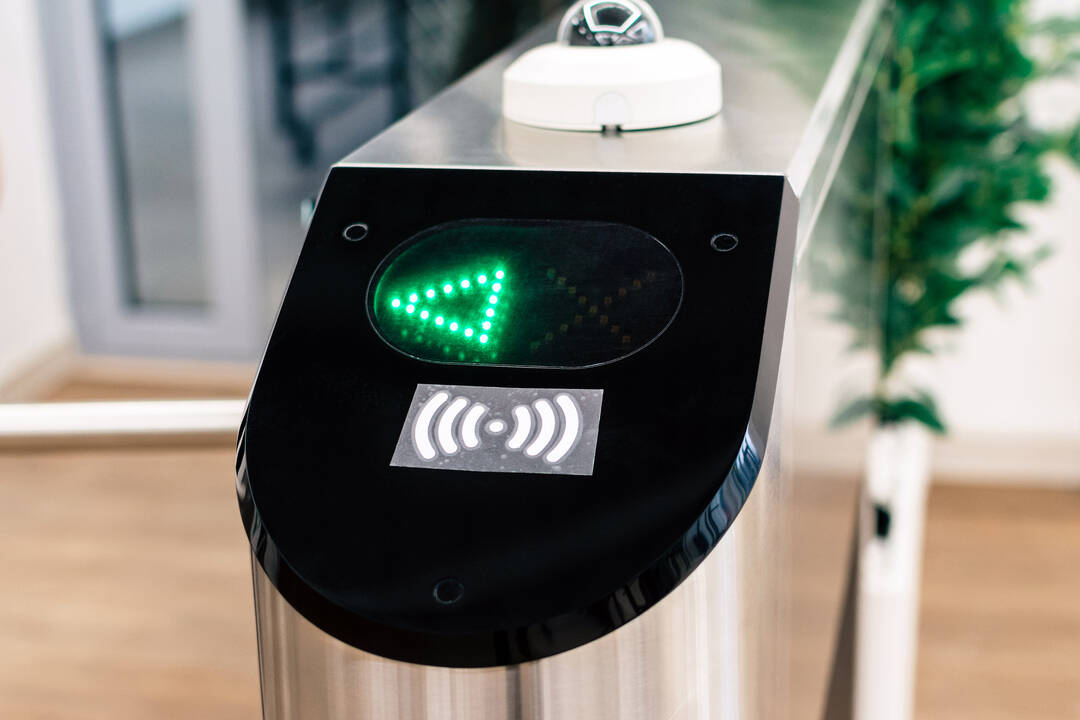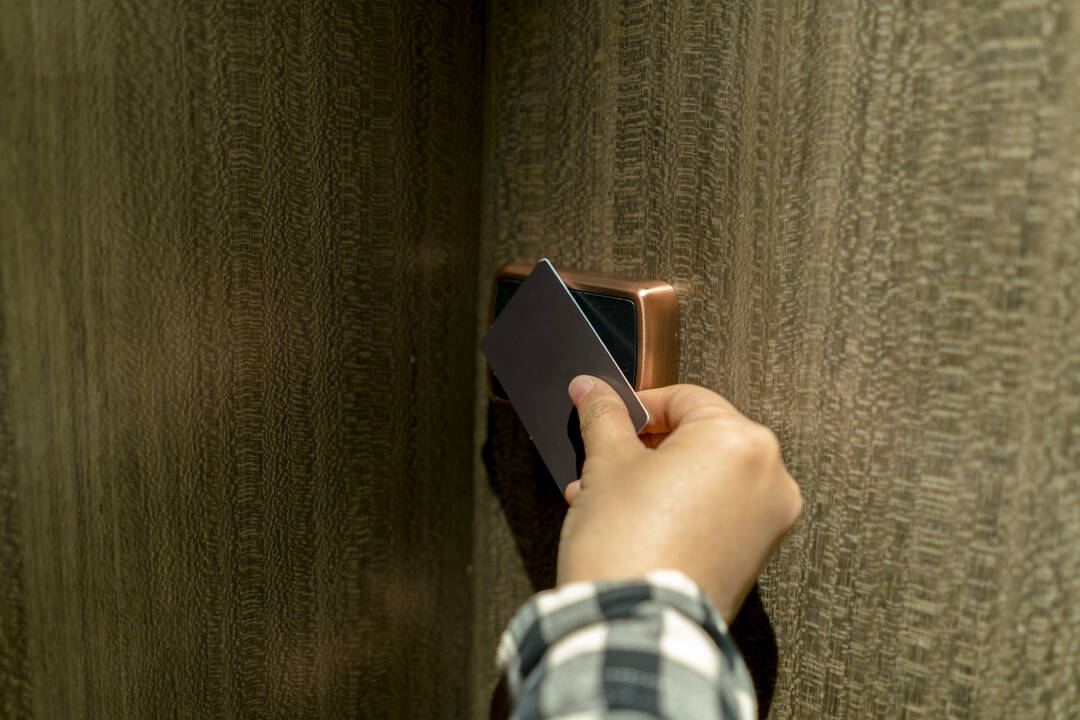
Access card
Access to certain locations often requires an access card. The principle is similar to that of "conventional" tickets: You need a suitable card to gain access to events, locations or even means of transport.
Single versus multiple
In the case of access cards, a distinction must be made between cards that are authorised for single use and those that also allow multiple use - for example, a certain number or a fixed period of time. Simple access cards in the form of entrance tickets are available for events or places such as to concerts, museums or even zoos with the latter often offering tickets that can be used multiple times, for example as ten-visit or annual passes. This means that the access card can be used more than once.
Another place where multiple-use access cards are widely used is public transport, where networks offer multi-trip and season tickets, so users don’t need to buy tickets every time and also save money.
Analogue versus digital
Paper or cardboard tickets are often used, particularly in the case of one-time access cards such as concert tickets or single tickets for local public transport, although there are now equivalent digital tickets that can be printed out or saved on the smartphone.
Access cards that can be used multiple times, on the other hand, are often in digital format, meaning that they only need to be scanned and access is instantly authorised, either automatically at a terminal or by ticket controllers. People are now also often familiar with this routine in hotels, where they only need an access card to enter their room
Private and professional use of a digital access card
Whereas the circumstances described above were areas where access cards are used in particular situations, a digital access card can also be used effectively in longer-term contexts and can replace a conventional key. This applies to both your private life and at work. Instead of one or more keys, you can conveniently carry your access authorisations on an access card and benefit from the many advantages.


Benefits of a digital access card
Whether you use it in your private life or at work, One major advantage of a digital access card is that different access authorisations can be combined on a single credential. This allows you to open not just one door, but different doors with the same card. Authorisations for these access points can be assigned and withdrawn with just a few clicks. These authorisations can also be limited in time. For example, if you have contracted a cleaning employee but they should only have access to your premises between 7 p.m. and 6 a.m., you can configure the access card for this period in the software.
Another huge advantage is that there is no security risk if an access card is lost. If a medium should go missing, it can simply be deactivated in the locking system software with just a few clicks.
Even better: active technology
The aforementioned access card is based on passive technology. However, it is even better to use active technology in the form of a transponder, such as those used in SimonsVoss locking systems. This offers a range of advantages: for instance, the button is actively pressed to unlock the door in a controlled manner, the transponder’s robust casing protects the electronics it contains effectively against vandalism and manipulation and the transponder also has a very long service life at up to 10 years on standby.
Interested?
If you are interested in securing your building with a digital locking system in the future, we recommend an access control system such as the SimonsVoss System 3060. Benefit from greater security, flexibility and convenience. Contact us now!
